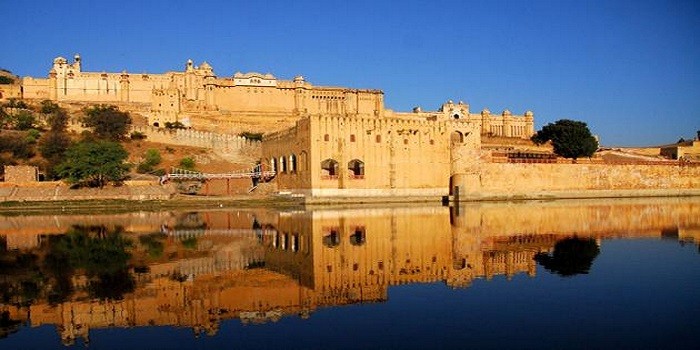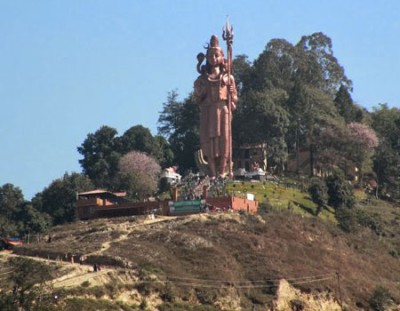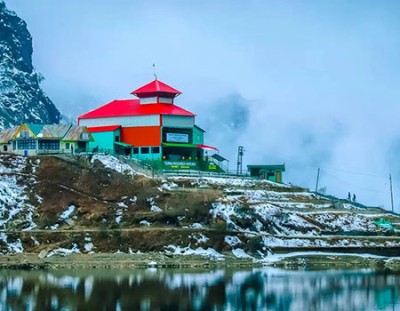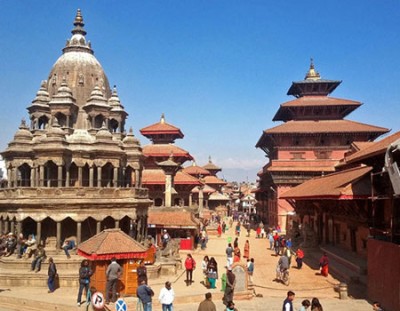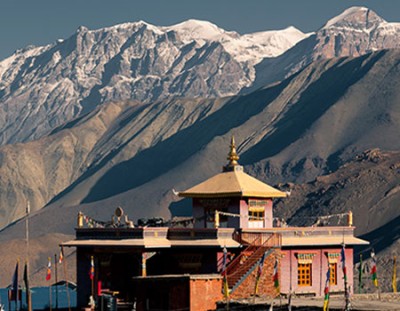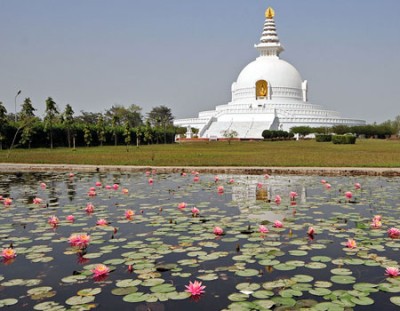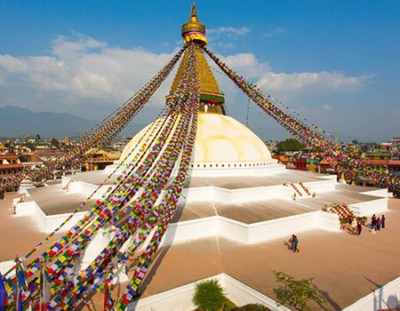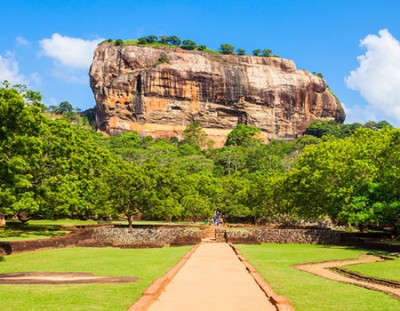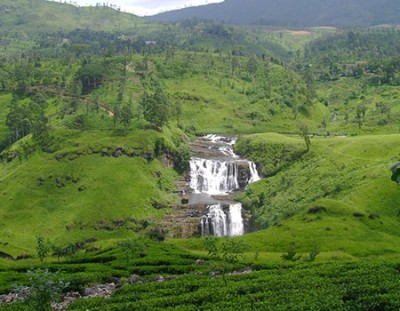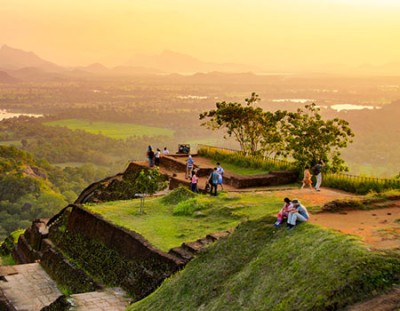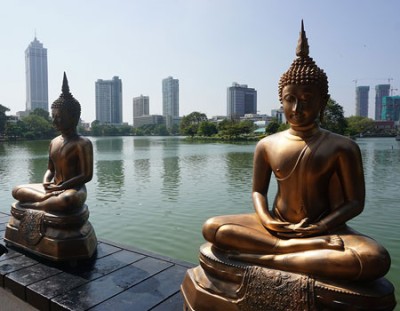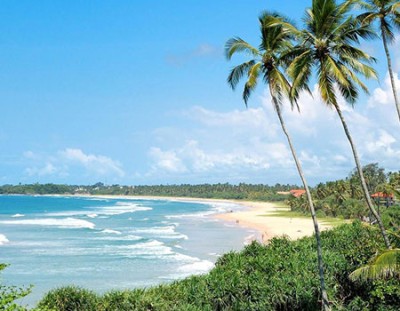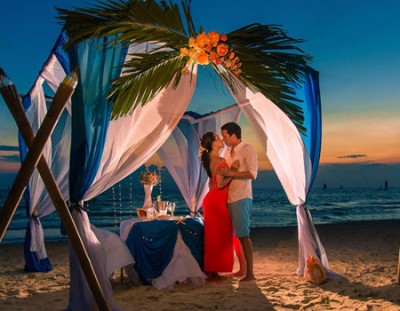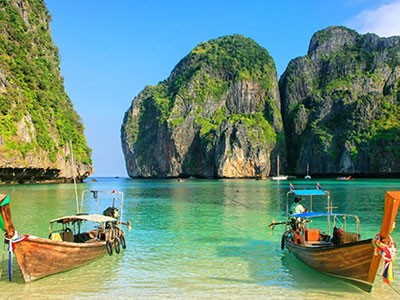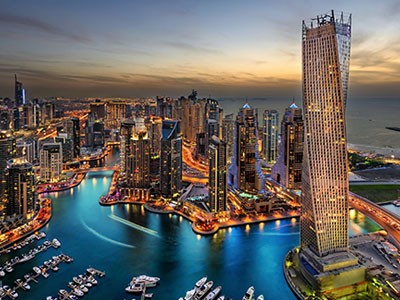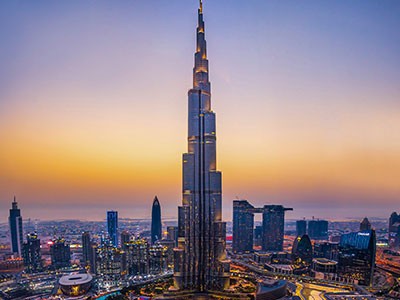Golden Triangle and Nepal Tour
Highlights
- Visit to World Heritage Site
- Enjoy the Rikshaw Ride at Old Delhi
- Sunrise visit to Taj Mahal
- Explore the colourful Bazaar of Jaipur
- Enjoy the Elephant Ride
- Visit to best sights of Nepal
Price
Available on Request
Itinerary
Arrival Delhi
At the airport, you will see that Tree Trunk Travel representative is waiting to give a warm welcome and later he will escort you to your hotel, previously reserved.
After upon arrival in Hotel discuss your tour itinerary with our representative in Lobby and after that our representative will help you to check into formalities
Overnight at Hotel
Delhi
After breakfast we will start our day to explore the Delhi. Delhi is the largest metropolis by area and the second – largest metropolis by population in India. Delhi is divided in two parts (like other city in India) – Old Delhi and New Delhi. We will start our tour from Old Delhi. A sight-seeing tour of Old Delhi would include visiting the Raj Ghat – the memorial site where Mahatma Gandhi was cremated; Jama Masjid – the largest mosque in India.
NEW DELHI – An extensive sight-seeing tour of New Delhi would include a visit to the Humayun’s Tomb, the QutubMinar, a drive along the ceremonial avenue – Rajpath, past the imposing India Gate, Parliament House, the President’s Residence and would end with a drive through the Diplomatic Enclave.
Highlight of the Tour: The Highlight of the tour is the Rikshaw ride in Old Delhi. We will pass throught the ChandniChowk by the Rikshaw. The rikshaw pullers here take you on a ride through various routes. The Rikshaw ride give you a chance to glance at the colourful street of the place. ChandniChowk is very colourful& you will find the hustle and bustle market
Overnight at Hotel
Delhi / Agra
Morning assisted for the check out from the hotel and drive to Agra.
In this afternoon, we will visit the Agra Fort. For built in red sandstone with its magnificent palaces, halls of public and private audience and the beautiful gardens. This is where Emperor Shah Jahan was kept under house arrest by his third son Aurangzeb and spent the last year of his life viewing the Taj Mahal from across the river Jamuna.
Evening, we will visit the Moonlight Garden also known as Mehtab Bagh. The places is situated on the opposite side of the Yamuna River. The Garden was built by the Emperor Babur. This is the best place to visit the Taj Mahal across the Yamuna River.
Overnight at Hotel
Agra / Fatehpur Sikri / Jaipur
Morning we will visit the Taj Mahal at sunrise. Taj Mahal is UNESCO World Heritage Site and one of the New Seven Wonders of the world, Taj Mahal enthrals visitors with its shimmering beauty. Standing proudly on the banks of River Yamuna, with the winding river at back and lush green, landscaped gardens in front, the Taj Mahal leaves one speechless with its ethereal beauty. At sunrise, when it is bathed in the pinkish glow of the rising sun, the Taj Mahal holds your gaze. It is also a great time to take some unforgettable pictures! Later transfer to Hotel for breakfast.
After the breakfast drive to Jaipur enroute we will visit the Fatehpur Sikri. Fatehpur Sikri bears exceptional testimony to the Mughal civilization at the end of the 16th century. It offers a unique example of architectural ensembles of very high quality constructed between 1571 and 1585. Its form and layout strongly influenced the evolution of Indian town planning, notably at Shahjahanabad (Old Delhi).
Later we will continue our drive to Jaipur. Upon arrival check into hotel. Jaipur is one of the finest planned cities of India, located in the semi-desert lands of Rajasthan. The city which once had been the capital of the royalty now is the capital city of Rajasthan. The very structure of Jaipur resembles the taste of the Rajputs and the Royal families. At present, Jaipur is a major business centre with all requisites of a metropolitan city.
Rest of the day with at leisure to enjoy the local bazaars of Jaipur. Jaipur is also known as the shopper’s paradise. Jaipur is a city of vibrant colors and markets (bazaars) of Jaipur verify this fact. Jaipur’s colorful markets offer a great break to stop and shop on you tour. Usually tourists include shopping and visiting the lively markets of Jaipur in their itinerary. While moving through the markets, you will come across the vivacious culture of this region. Jaipur is the perfect place to shop for Handicrafts, antiques, jewelry, gems, pottery, carpets, textiles, metalwork and leatherwear.
Overnight at Hotel
Jaipur
Proceed for a morning excursion to Amber Fort. Elephant ride ascent to the fort.
Amber Fort Palace- Amber is the classic romantic Rajasthani fort palace. Its construction was started by Man Singh I in 1592, and completed by his descendent Jai Singh I. Its forbidding exterior belies an inner paradise where a beautiful fusion of Mughal and Hindu styles finds its ultimate expression. Continue sight- seeing.
City Palace- A delightful blend of Mughal and traditional Rajasthani architecture, the City Palace sprawls over one-seventh of the area in the walled city. It houses the Chandra Mahal, Shri Govind Dev Temple and the City Palace Museum.
Jantar Mantar- This is the largest and the best preserved of the five observatories built by Jai Singh II in different parts of the country. This observatory consisting of outsized astronomical instruments is still in use.
Hawa Mahal- The ornamental facade of this “Palace of Winds” is a prominent landmark in Jaipur. Their five-story structures of sandstone plastered pink encrusted with fine trelliswork and elaborate balconies. The palace has 953 niches and windows. Built in 1799 by Pratap Singh, the Mahal was a royal grandstand for the palace women.
Overnight at Hotel
Jaipur / Delhi (260 Kms) (06 Hrs)
Morning after a breakfast drive to Delhi. Upon arrival in Delhi check into hotel
Overnight at Hotel
Delhi / Kathmandu (6E 31 – 1055 / 1300 Hrs)
Morning transfer to airport to board the flight to Kathmandu.
Upon arrival, our representative will meet outside the arrival terminal building and transfer to Hotel.
Overnight at Hotel
Kathmandu
Tour of Kathmandu Durbar Square, Swoyambhunath Stupa & Patan Durbar Square.
Kathmandu Durbar Square (listed as a World Heritage Site by UNESCO: The Kathmandu Durbar Square is one of the popular places liked by many visitors due to its exquisite architecture and artistic embellishment. The complex of palaces, courtyards and temples, built in 1200 to 1768 A.D. with hundreds of erotic carvings used to be the seat of the ancient Malla kings of Kathmandu which epitomizes the religions and cultural life of the people.
Swayambhunath (listed as a World Heritage Site by UNESCO): Atop a green hillock west of Kathmandnu, stands the great stupa of Swayambhunath. This is a site that is over 2500 years old marking the point where the legendary patriarch Manjushri discovered the lotus of the ancient valley lake. Constructed to specific rules each with a symbolic meaning, the stupa of Swayambhunath is a model of its kind.
Patan Durbar Square ((listed as a World Heritage Site by UNESCO) : The Patan Durbar Square has been acclaimed as one of the finest urban streetscapes in the world. Most of the monuments seen today were built between the 16th – 18th centuries. It is known as the centre of fine arts and for the superb craftsmanship of its artisans. Essentially a Buddhist city, historic inscriptions establish Patan as an important town from early times (said to have been founded by Emperor Ashoka in the 3rd century B.C., although no historical proof exists).
Overnight at Hotel
Kathmandu
Tour of tour of Pashupathnath Temple, Baudhanath Stupa and Bhaktapur Durbar Square.
Pashupatinath Temple (listed as a World Heritage Site by UNESCO): Dedicated to Lord Shiva it is one of the most sacred Hindu shrines in the world. It lies 5 km. east of Kathmandu Valley on the bank of the sacred Bagmati River. Thousands of pilgrims visit this temple every year during Shivaratri, the birthday of Lord Shiva. Entrance to the temple precinct is forbidden to non-Hindus. The Large, gilded triple-roofed temple was built in 1696 A.D. though 300 years earlier this was a structure on this site.
Boudhanath (listed as a World Heritage Site by UNESCO): This is the largest stupa in Nepal and one of the largest in the world located east of the valley. It was built by the Lichchhavi King Mana Dev in the 5th century A.D. The Rinpoches who reside here have established Boudhnath as one of the most flourishing centres of Tibetan Buddhism in the world. The colossal ancient stupa is 36 metres high.
Bhaktapur Durbar Square (listed as a World Heritage Site by UNESCO) : A former capital of the valley, it was once a flourishing city on the trade route to Tibet. It has preserved its traditional character better than the other two cities, due to its more isolated location. It is regarded today as a classic showcase of medieval Nepalese town life. It is situated in the east of Kathmandu valley about 14 km. away. It today retains much of its beauty in ornate woodcarvings and in the famed Golden Gate.
Overnight at Hotel
Kathmandu
Tour of Bungamati and Khokana Village.
Bungamati : Bungmati is a medieval village lies about 6km South of Patan medieval town. According to the legend Bungmati was founded during 7th century, Bungmati is a home, one of the most important Gods of the Kathmandu Valley known as Machhindranath (Matsyendranath), the God of rain and compassion, worshipped equally by Hindus and Buddhists and accredited by locals with the introduction of paddy-rice plantations in the valley. There is a Machhindranath Temple in Bungmati, where the God Machhindranath is kept for 3 – 4 months in a year as well as one temple in Patan.
Khokana : Khokana is just in 20-30 minutes walking distance from Bungamati another Newar village. The village begins with a narrow cobbled street and in the middle of the main street lies the temple of Shekali Mai a local mother Goddess. Khokana is famous for its mustard oil, they still make in a traditional way and the mustard oil is still very popular in Kathmandu valley. Most of the people are from ethnic Newars community in these villages with their typical Newar houses. The villagers hang red chilly and vegetables garland from top floor almost to the ground floor in most of the houses in these villages after the month of September. The villagers are involved mostly either in farming, or spinning wool yarn.
Overnight at Hotel
Kathmandu / Delhi
Departure transfer to airport to connect the flight to Delhi.
Meeting and assistance upon arrival at Delhi and transfer to hotel.
Delhi / departure
Morning transfer to airport to board the flight to back home.



